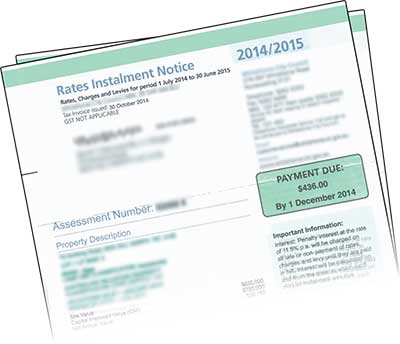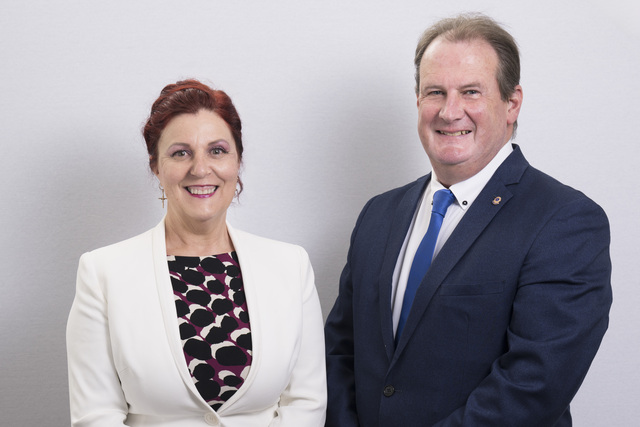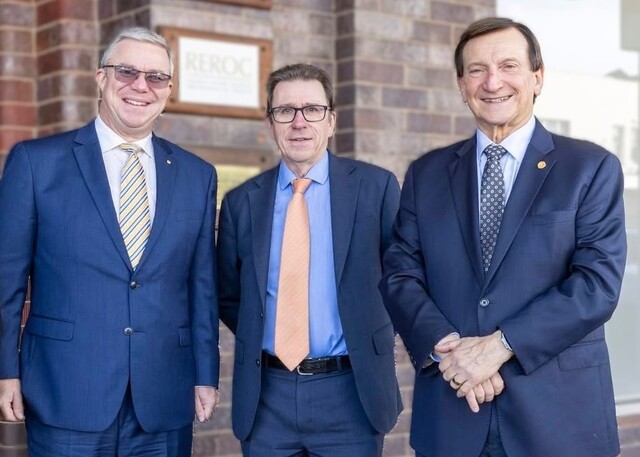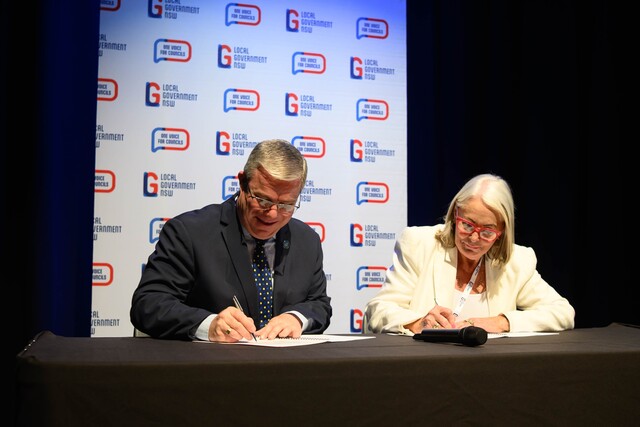Victorian councils are rallying against rate capping, with many deeply concerned about how the legalisation will affect their ability to serve the community.
Rate capping was one of the policies the Victorian Labor Party took to last year’s state election.
Under the plan, councils will be forced to cap their rates at the Consumer Price Index (CPI).
At the announcement of the policy, then Victorian opposition leader Daniel Andrews said the policy was about giving ratepayers ‘a fair go’.
“The days of ratepayers footing the bill for Arnold Schwarzenegger impersonators are over.
“This policy also sends a clear message that we expect councils to keep their rates in line with CPI, any increases above this must provide a clear benefit to ratepayers.”
Any council wishing to raise their rates above the CPI will have to justify it through an appeal to the independent Essential Services Commission (ESC).
Some of the factors that will determine the ESC’s decision include council’s other sources of income, the maintenance of essential council services and extraordinary circumstances such as natural disasters.
A spokesperson from the Victorian Minister for Local Government Natalie Hutchins’ office said the measure is to make councils more transparent and accountable in their spending.
“As committed before the election, the Andrews Labor Government will cap council rates at inflation.
“The cap will begin in 2016–17, with appeals to be considered by the ESC.
“Councils are not being asked to make cuts to essential services or staff.
“Rather, we want councils to reign in excessive spending on executive pay and consultancy fees.
“Councils should instead be investing in the things that matter to local residents.
“The State Government has tasked the ESC with developing a framework for the policy – including under what circumstances a council could be given an exemption.
“They have also been asked to assess other income sources for local councils.”
The policy has been harshly criticised by both the Municipal Association of Victoria (MAV) and the Australian Local Government Association (VLGA).
VLGA President Sebastian Klein has warned that Victorian councils could face a ‘triple whammy’ impact affecting services, jobs and local democracy if a rate policy framework is badly implemented.
“Our members have clearly told us that restricting annual rates increases to the Consumer Price Index (CPI) will lead to cuts in services and community infrastructure.
“You cannot strip funding from councils and reduce their ability to create revenue and still expect the same quality and number of services to be available in the community.
“If we don’t learn from the Kennett era of rate capping, or from the countless experiences of New South Wales’ councils, then we are doomed to make the same mistakes.
“We are equally worried about the likely loss of jobs across both councils and services, and the effect of this, particularly for the local economies of rural and regional communities.
“And of course, having a rate capping policy determined by Spring Street is like Canberra dictating to the State when and how it can raise taxes.”
Bayside City Council Mayor Felicity Frederico said rate capping may seem appealing to ratepayers, but there are long-term implications for communities.
“CPI is calculated on the cost of common household goods whereas the cost of council services is affected by growth in construction, material and wage costs.
“This is why CPI is not an appropriate limit on council rates.
“Bayside supports a budget system for local government which is fair and transparent.
“However a policy of rate capping is likely to limit our ability to respond to the needs and expectations of our community over time.”
Mayor Frederico said 80 percent of Bayside City Council’s facilities were built prior to 1960 and have had little improvement since.
“For example, of our 29 sporting pavilions, 26 require redevelopment to provide adequate female change room facilities, umpire rooms, social spaces and kiosks.”
The cost of replacing all of these pavilions at today’s figures would be in the region of $39 million or $1.5 million per pavilion.
Bayside City Council’s total budget is currently approximately $110 million per annum.
“This is an example of service that Council provides to our community and limiting rates growth to inflation will mean Council confronts hard decisions about what existing services or facilities will have to be lost or reduced in order to maintain others.
“While ultimately it falls to Council to ensure that we are able to manage our budgets, the proposed rate cuts mean that it will become increasingly difficult to provide the services our community expects.
“Given this significant restriction on council revenue and expenditure, we are preparing to engage with the Bayside community about the range and level of services and facilities it expects from Council in the future.”
Bayside City Council has a major consultation planned for later this year to prepare a new Bayside Community Plan.
Rate pegging was introduced in New South Wales in 1977 by the Wran Labor government, and has been in place ever since.
Currently New South Wales is the only state that enforces a limit on rate rises.
Local Government New South Wales President Councillor Keith Rhoades said rate pegging has been devastating for local communities and was the catalyst for New South Wales councils’ financial predicament.
“It puts pressure on infrastructure and undermines the financial situation of councils.”
Councillor Rhoades said that the question councils now have to constantly ask when undertaking a project is ‘Can you cut it finer?’
He also said that council are already accountable to their communities for what they spend money on.
“The community will determine what is not good management.
“I have never seen councils ask for a rate increase just to put the money into a tin.
“But ultimately the only loser is the community.
“With rate capping councils simply don’t have the funds to do what the community is asking of them.”
Rate Capping was proposed by the South Australian Liberal Party in 2014, but lost the following State election.
The Western Australian Labor party took a rate capping policy to the 2013 state election, but also lost.








